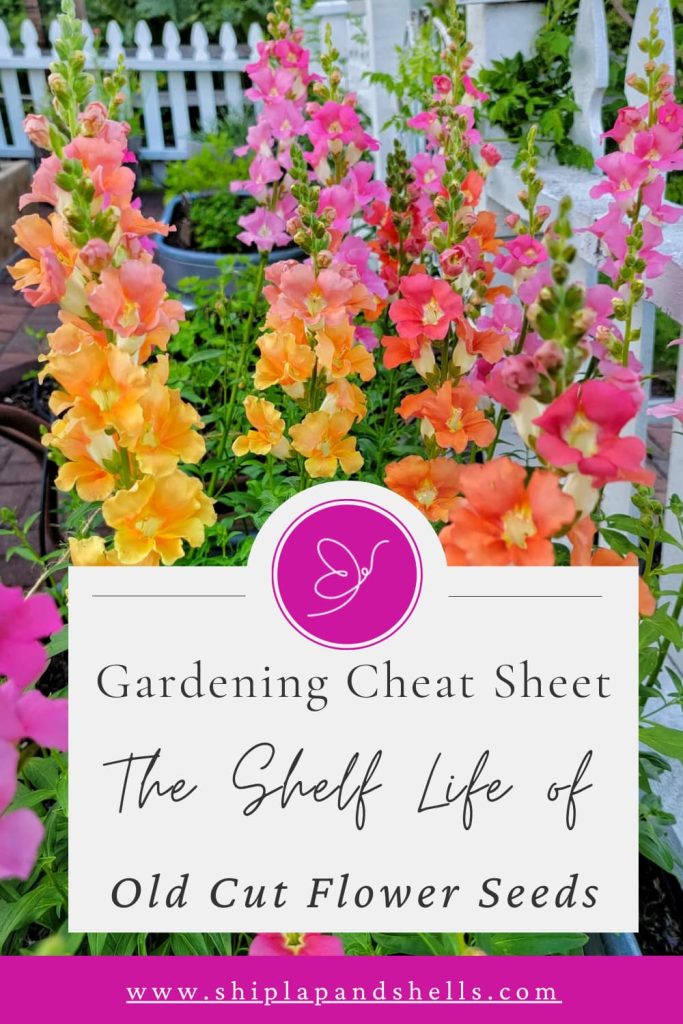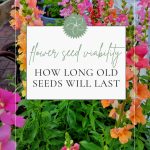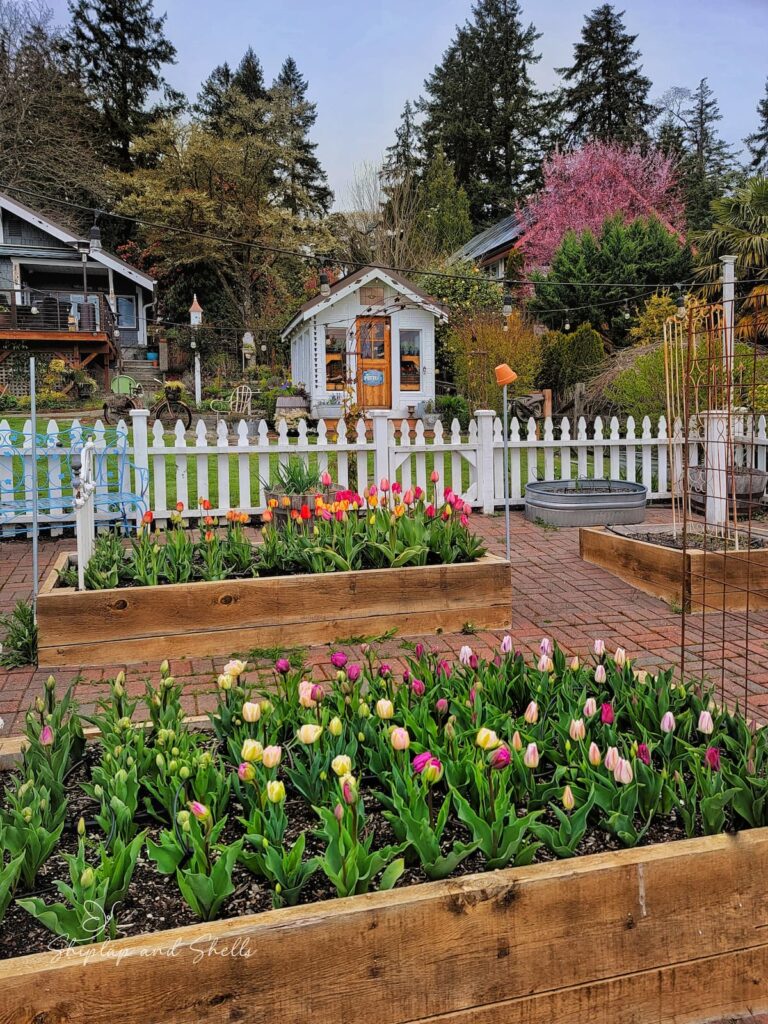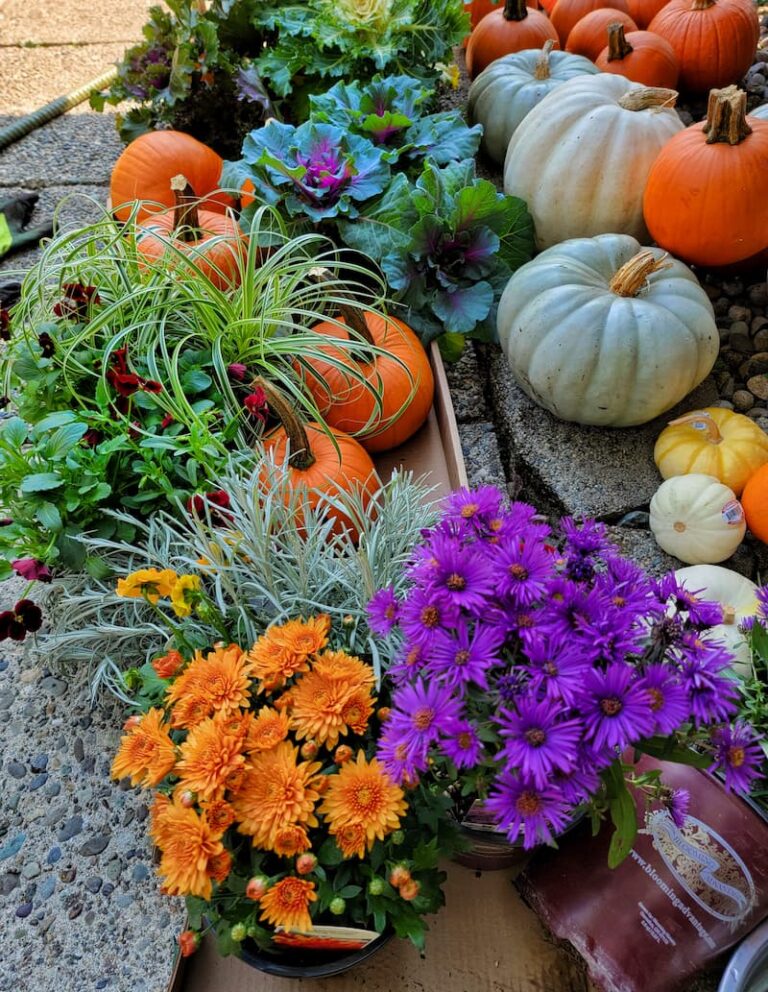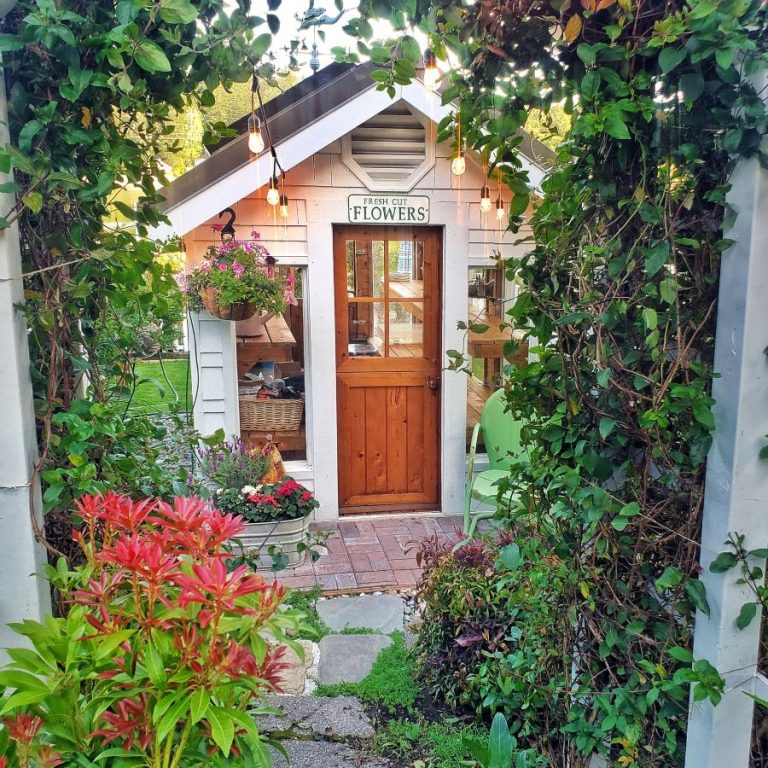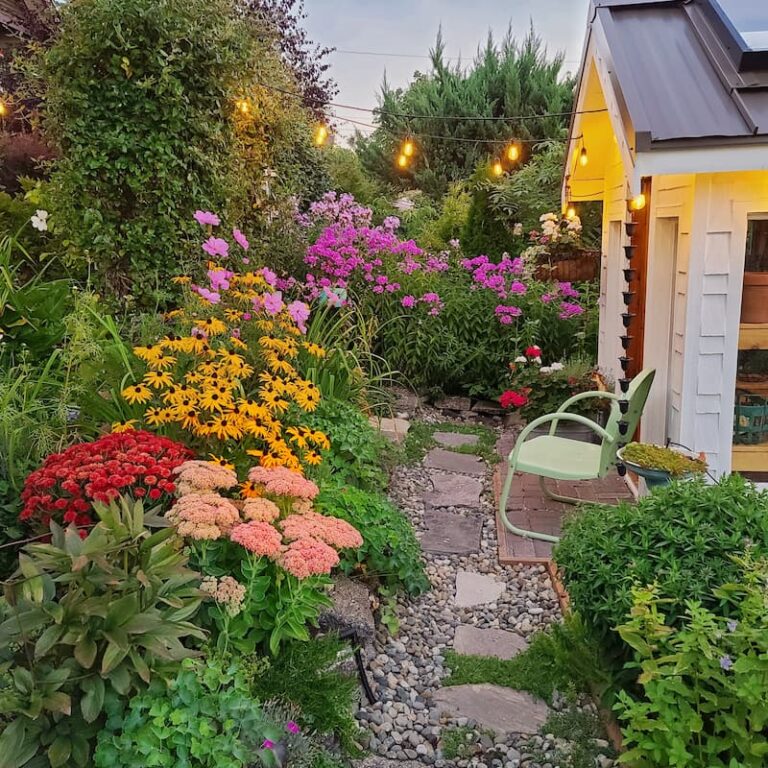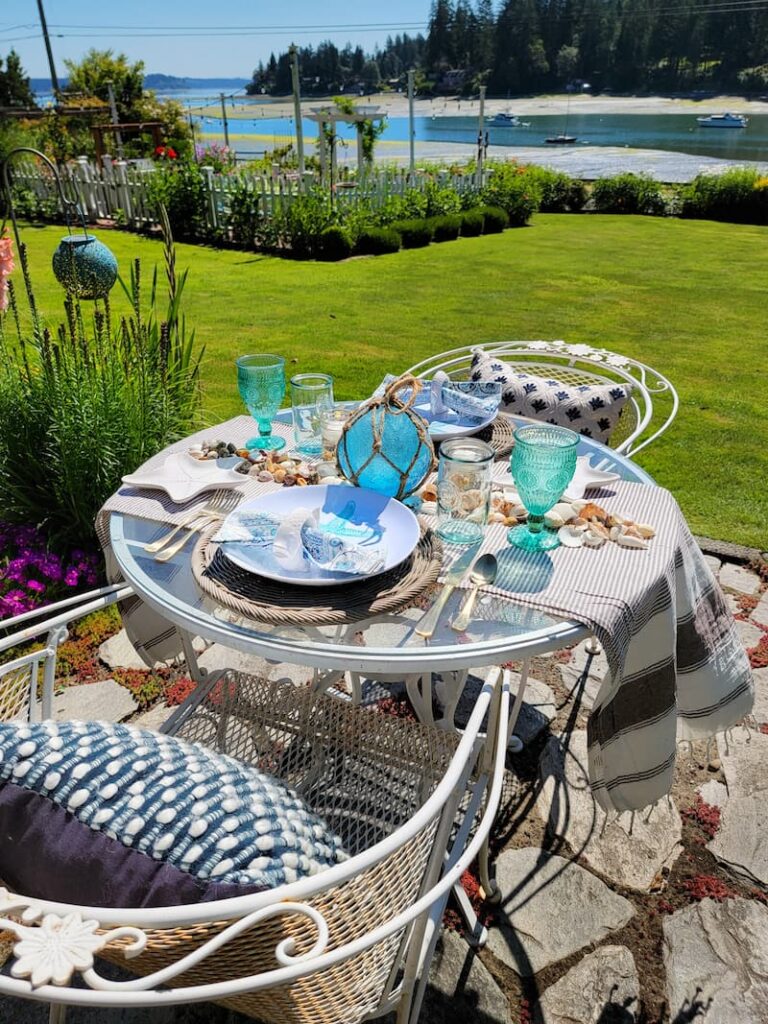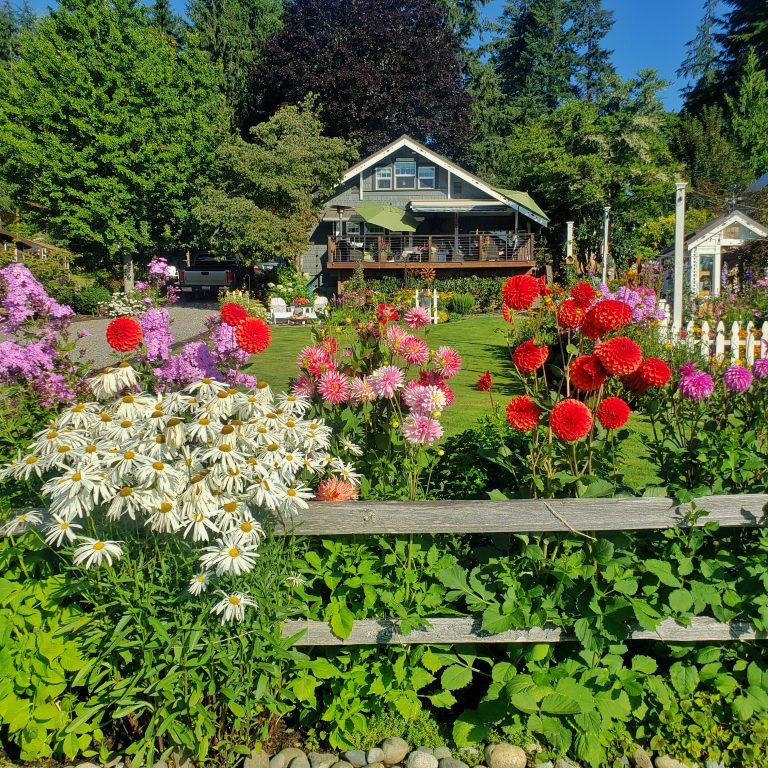How Long Old Seeds Last: Flower Seed Viability Chart
Are you unsure if your old flower seeds from last year can still be sown? If you’re wondering how long old seeds will last, this post will help determine flower seed viability.
Older seeds become less viable over the years, but most will likely germinate and grow even after a couple of years. Understanding the shelf life of these seeds is important for a successful planting season.
The viability of seeds, whether they’re heirloom seeds from last year or fresh seeds just purchased, can greatly affect your garden’s bloom potential. I’ll share the key factors affecting how long your old garden seeds last and provide a flower seed viability chart as a general guideline for gardeners.
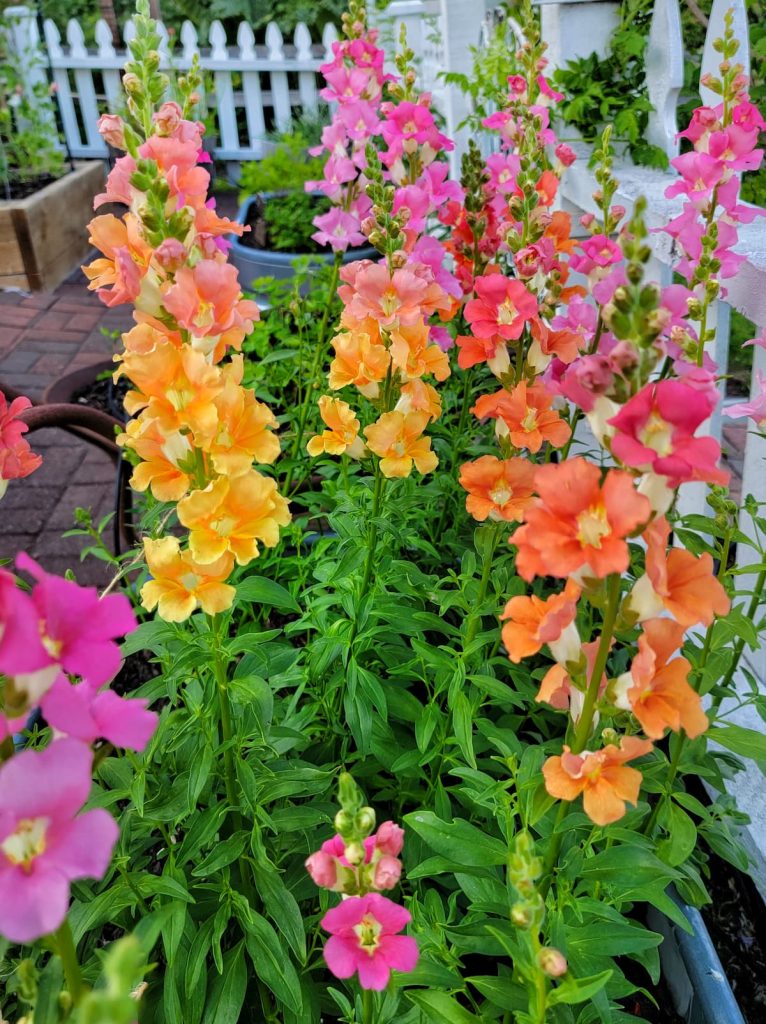
As an Amazon affiliate, I earn from qualifying purchases at no extra cost to you. My blog contains other affiliate links for your convenience as well. Click here to read my privacy policy.
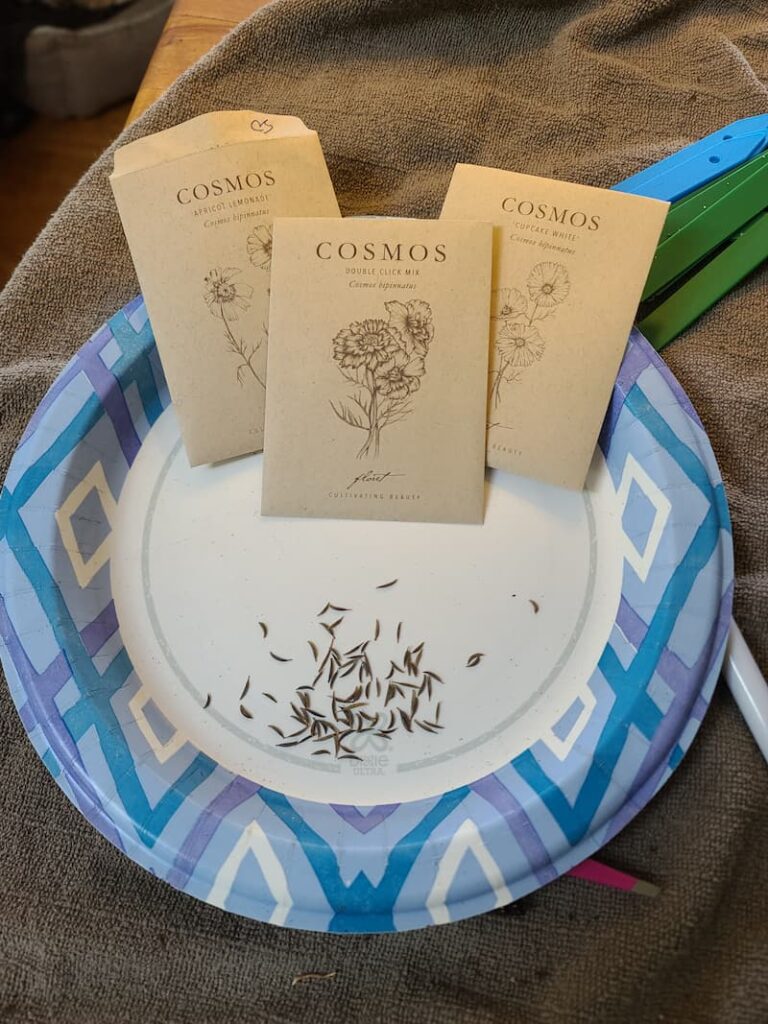
Understanding Seed Viability
Seed viability refers to the ability of the seed to germinate and grow into a healthy plant.
This is impacted by several factors, including the seeds’ age, the type of plant they belong to, and their actual storage life.
Not all seeds are created equal. Perennial flower seeds may have a different life expectancy than annual or vegetable seeds.
Conditions such as room temperature, the seed’s moisture content, and exposure to direct sunlight all play key roles in their longevity.
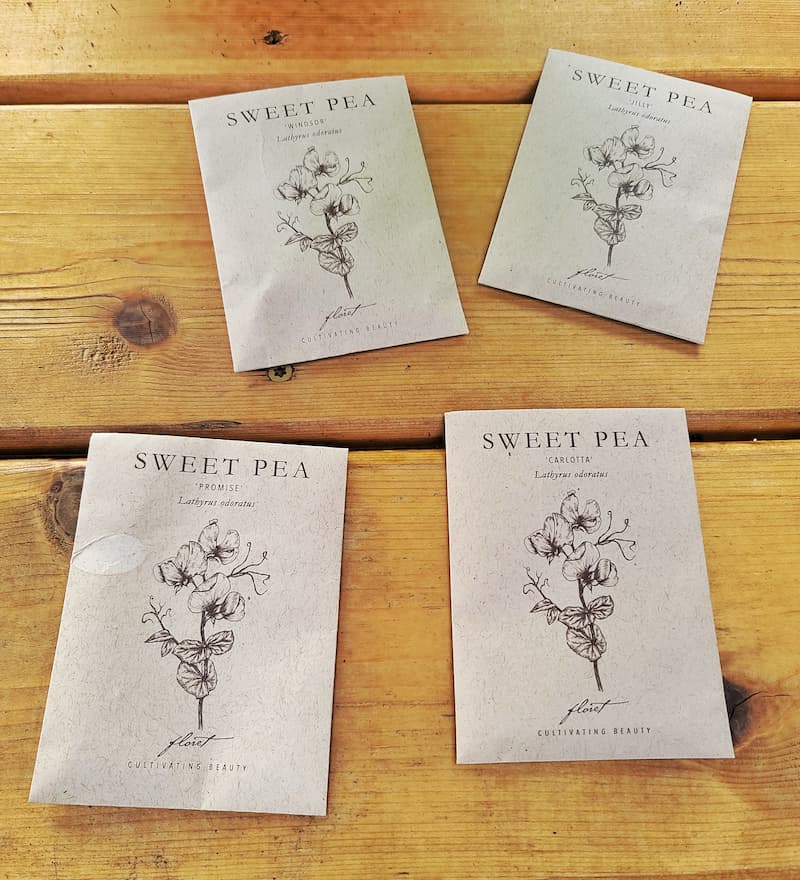
Optimal Seed Storage Conditions
Whether dealing with leftover seeds, heirloom seeds, or extra seeds from a new seed packet, using best practices for seed storage is key to preserving their germination potential and maximizing the length of time seeds are viable.
Seeds thrive in conditions that simulate their natural dormant state, which is cool, dry, and dark. Here’s how to achieve these optimal conditions.
Keep Seeds In Airtight Containers or Plastic Bags
Storing seeds in an airtight container or sealed plastic bag can greatly reduce exposure to moisture and air, two factors that can prematurely trigger germination or lead to spoilage.
Store Older Seeds In a Cool and Dry Place
A cool area with a consistent temperature, like a basement or a closet, is ideal. Avoid areas prone to drastic temperature fluctuations, such as near heaters or windows.
Keep Seeds Away from Direct Sunlight
Light can stimulate seeds to break dormancy. To maintain dormancy, store seeds in a dark place or in containers that block light.
Add Silica Gel or Rice
To maintain low humidity inside storage containers, adding a small packet of silica gel or a few grains of rice can absorb excess moisture.
Seed Labeling and Organization
Clearly label each container or bag with the type of seed, variety, and date. This will help track the age of the seeds and organize your seed collection efficiently.
Seed Storage Ideas for Sale
Seed Starting Supplies
Check out my favorite supplies and tools for starting seeds indoors. Whether you’re looking for grow lights or a seed starting mix, you’ll find what I use in my own greenhouse.
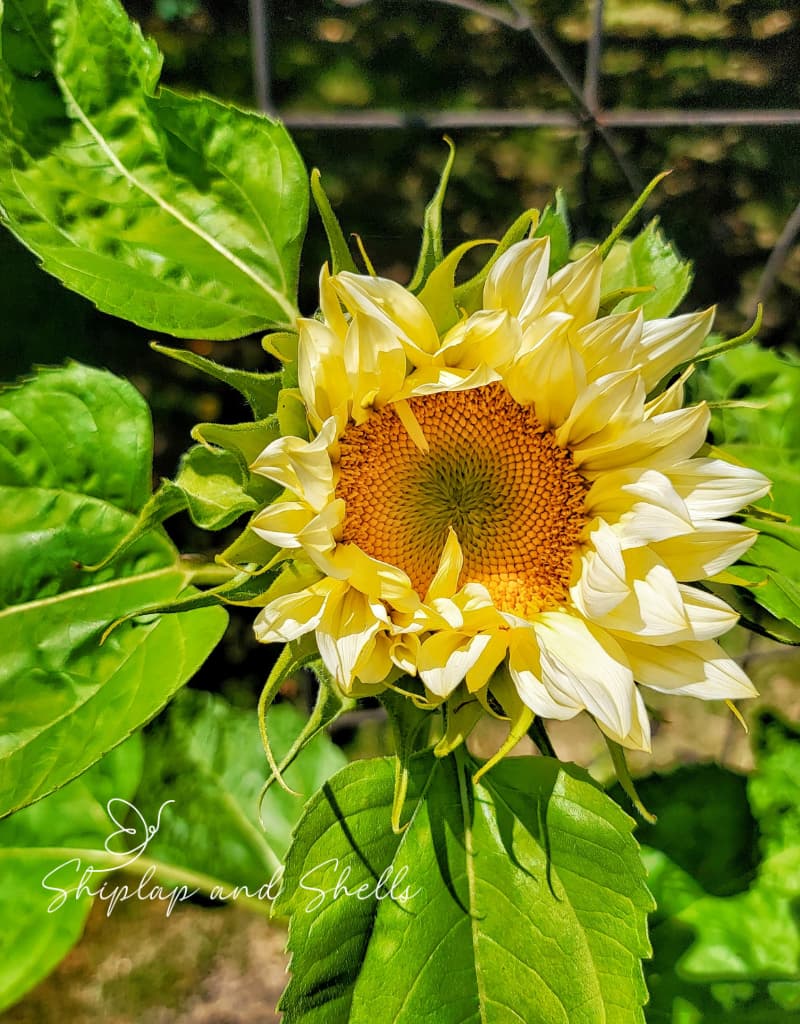
Flower Seed Viability Chart
Understanding the typical lifespan of seeds can help gardeners make informed decisions about which seeds to plant, store, or discard.
The viability of seeds depends largely on the flower variety and storage conditions.
Below is a flower seed viability chart, which will provide a general guideline on how long you can expect different types of seeds to remain viable under optimal storage conditions.
This chart serves as a starting point for gardeners to evaluate the potential viability of their seeds. It’s important to remember that these are general estimates. The actual storage life can vary based on the specific conditions in which the seeds are kept.
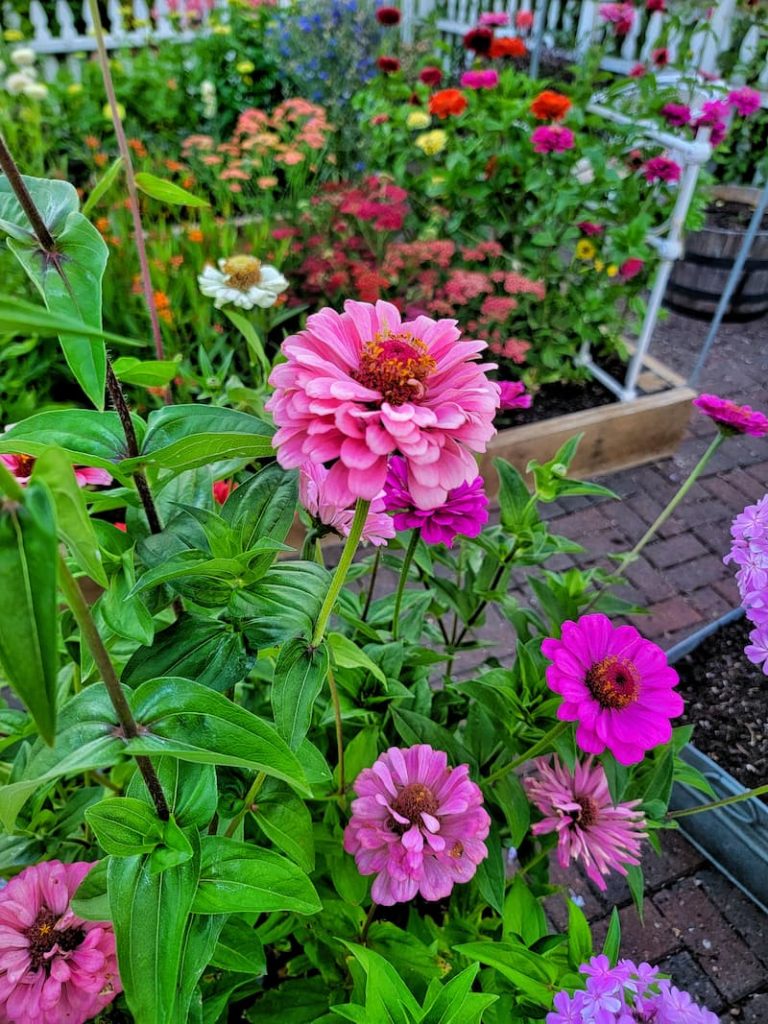
Average Storage Life for Flower Seeds Under Ideal Conditions
| Flower Type | Average Storage Life (Years) |
|---|---|
| Ageratum | 3-5 |
| Agrostemma | 3 |
| Alyssum | 3-5 |
| Ammi | 2 |
| Amaranth | 4-5 |
| Aquilegia (Columbine) | 1-2 |
| Artemisia | 1-5 |
| Asclepias | 1 |
| Aster | 1-2 |
| Bachelor’s Buttons | 3-5 |
| Bells of Ireland | 2 |
| Calendula | 4-6 |
| Carnation | 3-5 |
| Celosia | 2-4 |
| Centaurea | 1-5 |
| Coneflower | 1-2 |
| Cosmos | 3-5 |
| Dahlia | 2-5 |
| Daisy | 3 |
| Delphinium | 1-3 |
| Dianthus (Sweet William) | 3-5 |
| Didiscus | 1 |
| Dusty Miller | 3-5 |
| Echinacea | 4 |
| Eryngium | 2 |
| Eucalyptus | 4 |
| Euphorbia | 4 |
| Forget-me-Not | 2 |
| Gomphrena (Globe Amaranth) | 3-5 |
| Gypsophila | 2-4 |
| Hyacinth Bean | 3-5 |
| Impatiens | 1-2 |
| Larkspur | 1-3 |
| Lavender | 1-3 |
| Lisianthus | 2-3 |
| Lupine | 3-5 |
| Marigold | 2 |
| Matricaria | 1-3 |
| Monarda | 4 |
| Nasturtium | 3-7 |
| Nigella | 3-5 |
| Pansy | 1-2 |
| Petunia | 3 |
| Phlox | 1-3 |
| Poppy | 2-4 |
| Salvia | 1-3 |
| Saponaria | 2-5 |
| Scabiosa | 2-5 |
| Snapdragon | 3-5 |
| Statice | 1-2 |
| Stock | 4-5 |
| Strawflower | 1-2 |
| Sunflower | 3-5 |
| Sweet Pea | 3-5 |
| Verbena | 1-2 |
| Viola (Pansy) | 1-2 |
| Yarrow | 3-5 |
| Zinnia | 3-5 |
Note: This chart provides a general guideline for the expected shelf life of flower seeds stored under optimal conditions—cool, dry, and away from direct sunlight. Actual viability may vary based on specific storage practices and environmental factors.
‘Growing a Cut Flower Garden’ Series
Learn about the ins and outs of growing a cut flower garden this year. Click the button below to be taken to the entire series of blog posts and choose what is interesting to you.
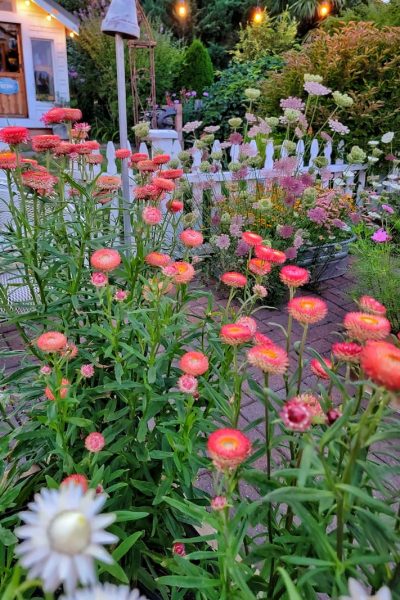
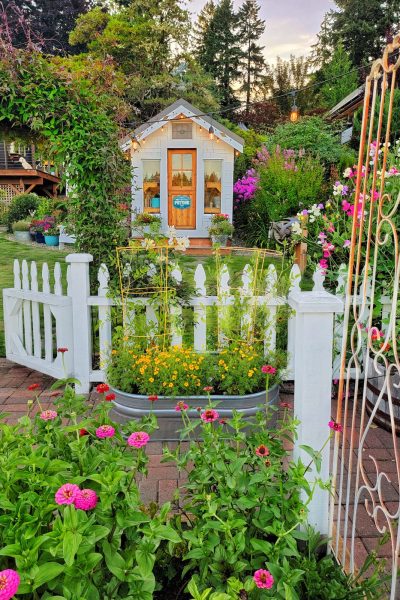
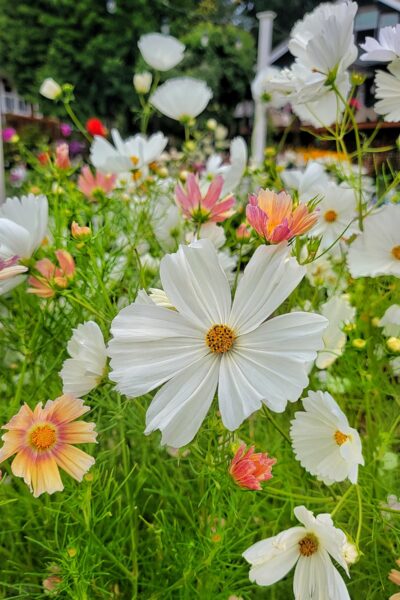
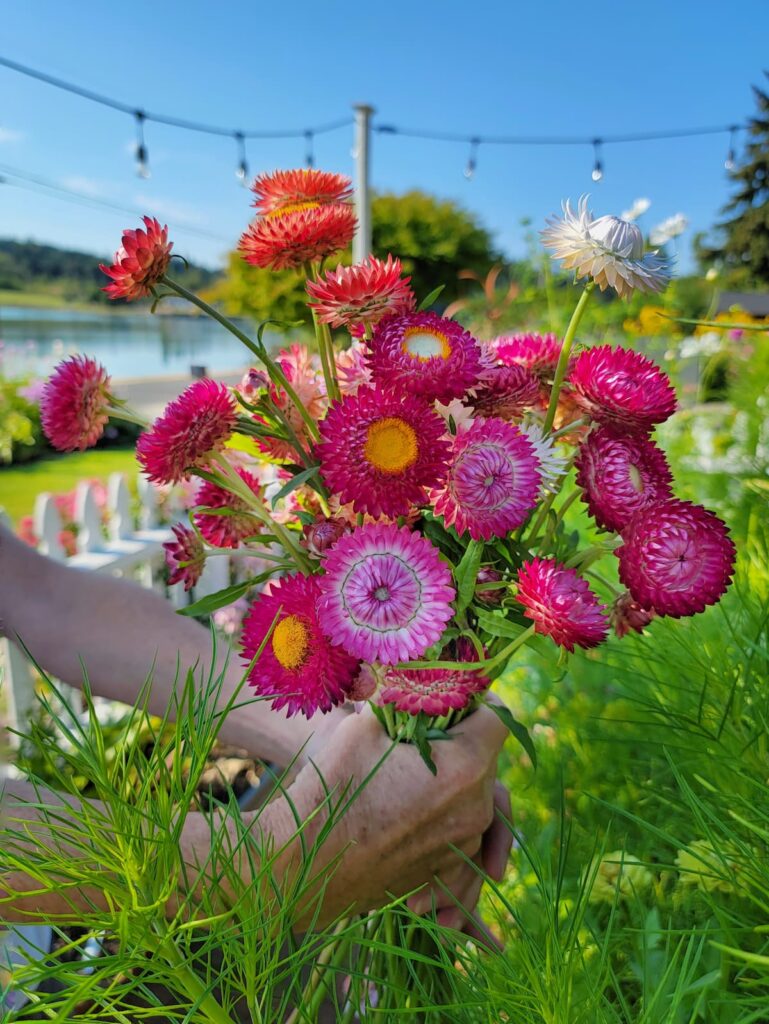
Testing Seed Viability
Before planting, test the seed germination rate, especially if the seeds are from previous years. This can save time and ensure that your garden space is used efficiently.
Here are two reliable methods for testing seed viability.
The Paper Towel Method
This is a simple test using a moist paper towel, placing several seeds (typically around 10 for easy calculation) on the towel, and then folding it over the seeds.
Place the moist towel with seeds into a plastic bag to keep it humid and leave it in a warm spot. Check regularly for germination and keep the towel moist.
After a week or two, count the number of seeds that have sprouted. This gives you a germination rate percentage. For example, if 7 out of 10 seeds germinate, you have a 70% germination rate.
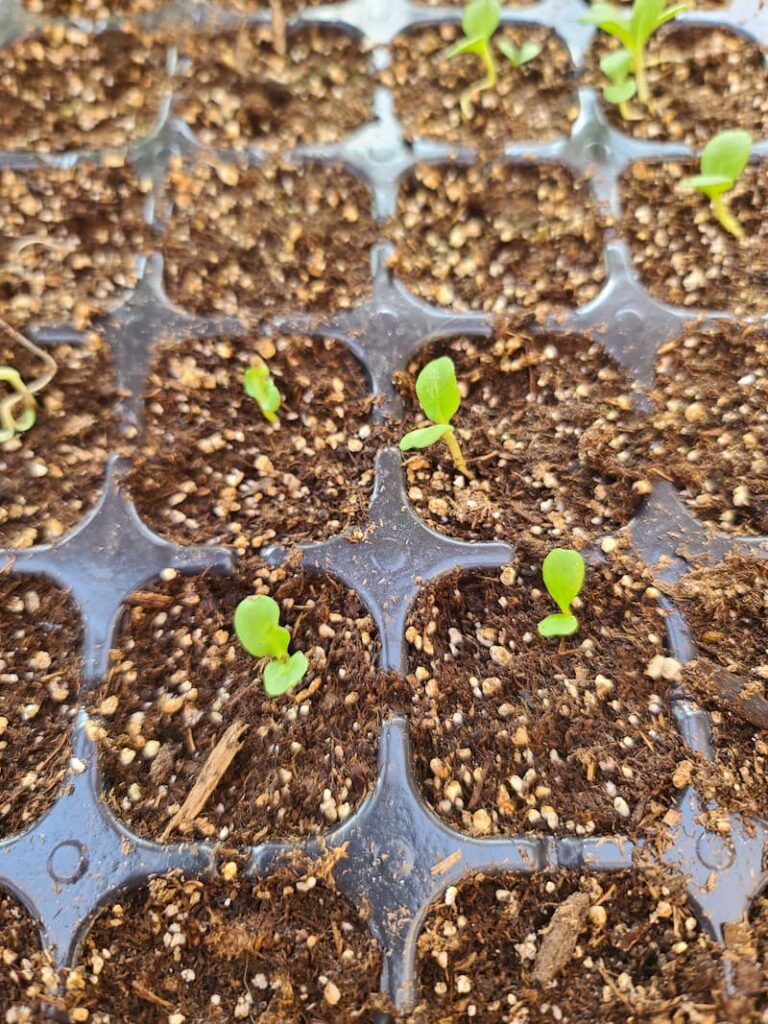
Planting Seeds in Soil
This method mimics natural conditions more closely.
Plant seeds at the recommended depth in small pots with potting soil, keep them moist and place them in a warm area. This allows you to see directly how many seeds germinate, providing a clear indication of viability.
Both methods not only test for viable seeds but also help acclimate seeds to the early stages of growth. This is especially important for older seeds or when the moisture content and storage conditions are uncertain.
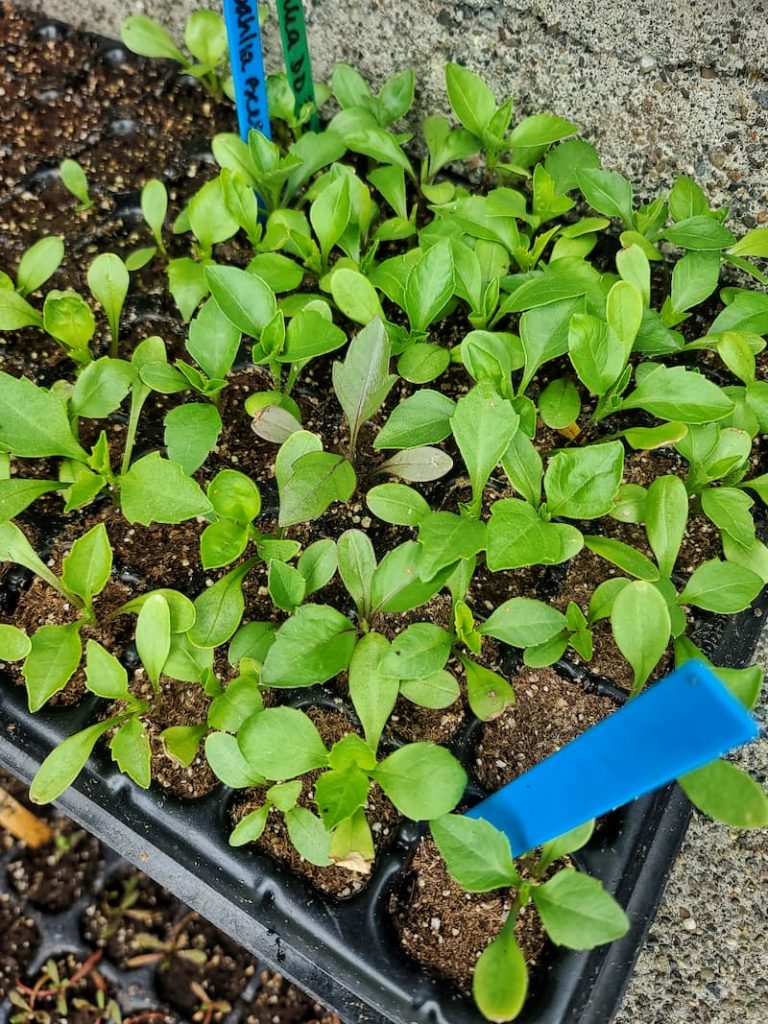
Most Common Questions on Seed Viability
How Long Can I Expect Seeds to Last?
The seed viability varies by type. While general guidelines suggest 1-3 years for annuals and 2-4 years for perennials under optimal conditions, proper storage can extend their life.
Do Seeds Have An Expiration Date?
Most seed packets have a “packed for” date or sell-by date which is the year that the seed company packaged and sold the seeds. This isn’t the year that the seeds need to be used by.
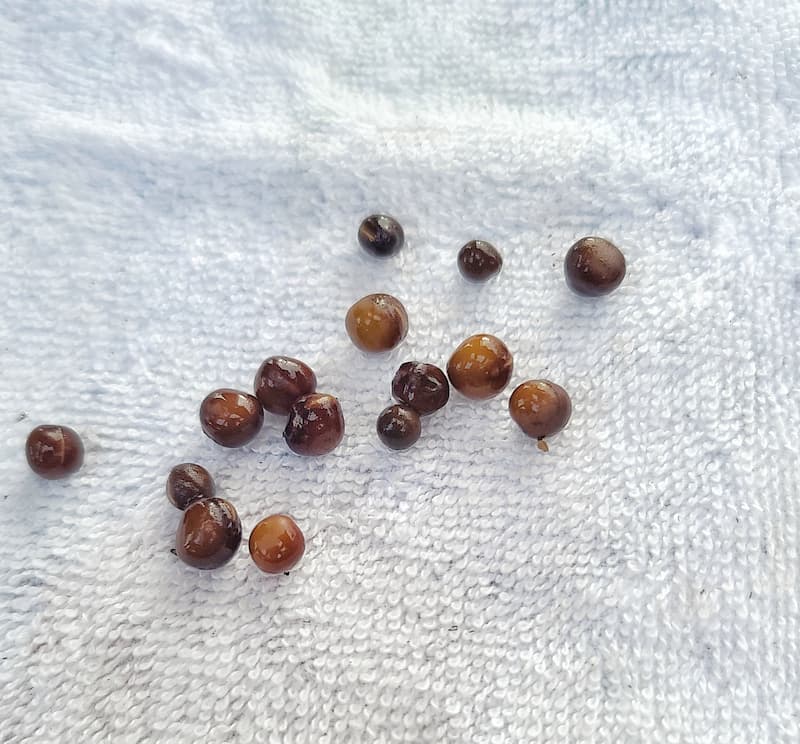
Are Last Year’s Seeds Still Good?
For the most part, yes. The seeds will be at their prime the first year they are sold, as well as match the germination rate that is listed.
Seeds from the previous year generally retain good viability if stored properly. Testing a small sample before the planting season can confirm their germination rate.
The seed germination rates are usually shown in percentages and are calculated by how many of the seeds successfully sprout when the seed company tested them.
Does the Moisture Content of the Seed Affect Its Shelf Life?
Absolutely. Seeds stored in conditions with low humidity are less likely to spoil or germinate prematurely. Using silica gel packets in storage containers can help maintain the right moisture balance.
What About Seeds That Don’t Meet the General Viability Guidelines?
Even if seeds are beyond their expected viability range, it’s worth testing a few for germination. Seeds stored under ideal conditions may outlast their general viability estimates.
How Should I Deal With Non-Viable Seeds?
Non-viable seeds won’t germinate and should be composted or discarded. It’s important to regularly refresh your seed stock to maintain a high level of garden productivity.
Garden Supplies and Tools
Check out my favorite garden supplies and tools for the growing season. Whether you’re looking for potting soil or deer repellent, you’ll find what I use in my own garden.
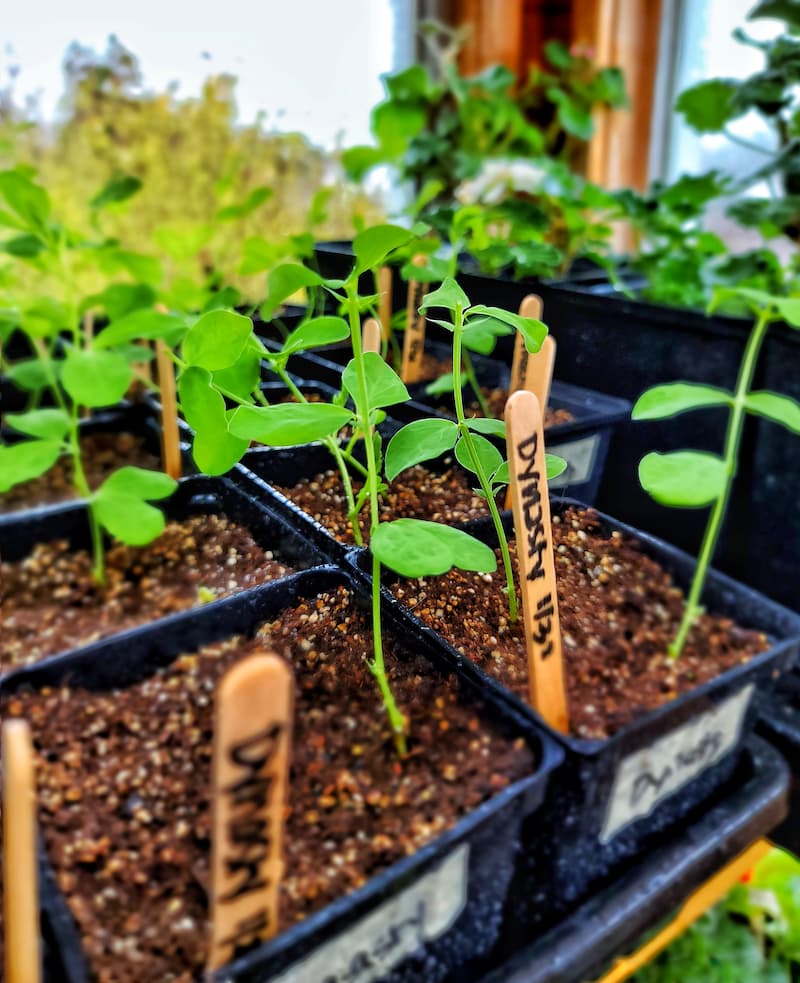
Final Thoughts on Flower Seed Viability
Understanding the viability of seeds is essential for every gardener, whether they’re a beginner or experienced.
The longevity of seeds can vary significantly based on factors such as the type of seed, the age of the seeds, and, most importantly, the storage conditions.
By following best practices for seed storage, keeping seeds in a cool, dry, dark place, and airtight containers or plastic bags, you can greatly extend the life of your seeds, making the most of your garden year after year.
The flower seed viability chart that I’ve provided can be used as a general guideline to help you assess the potential shelf life of your seeds.
However, these are just estimates. The actual storage life of your seeds can vary, and conducting simple germination tests with moist paper towels or soil can offer a more accurate picture of their viability.
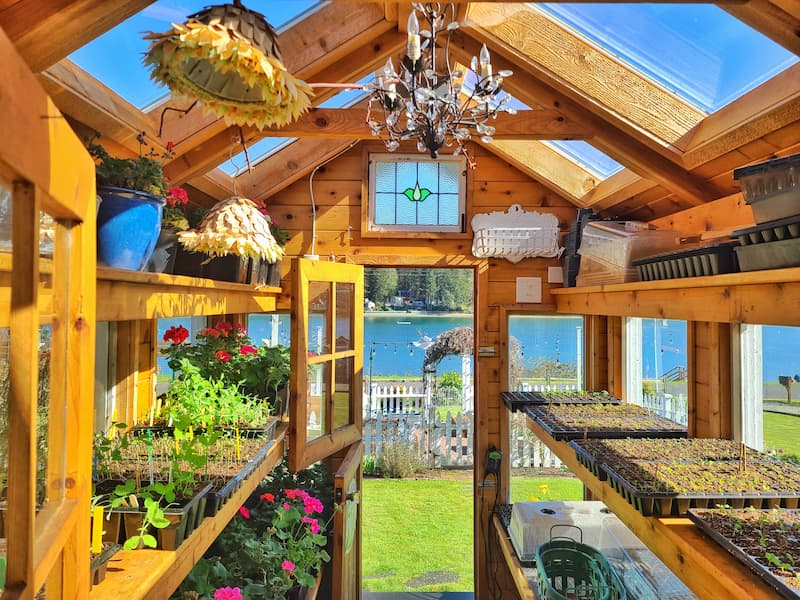
Gardening is all about trial and error; dealing with seeds is no exception. Even older seeds can surprise you with their resilience and ability to germinate under suitable conditions. With a little patience and the right storage techniques, you’ll find that many seeds can outlast their expected viability.
If you have any questions or additional suggestions, please share them in the comments below. And be sure to share this blog post link with anyone who may find these gardening tips useful.
Until next time,
Happy Gardening!

I’m a self-taught hobby gardener. Everything I share on my blog is my opinion and what has worked for me.
YOU MAY ALSO
Enjoy These Posts
Follow Me for More Inspiration
Shop my Amazon Storefront, LTK sources, and my favorite home decor, garden, and lifestyle products. When you purchase from one of my links, I earn a small commission which helps me to continue sharing all the content you expect on my blog.
Be sure to follow me on Pinterest, Instagram, Facebook, TikTok and LIKEtoKNOW.it. Do you like gardening? Join my Facebook Gardening Tips & Tricks group.


